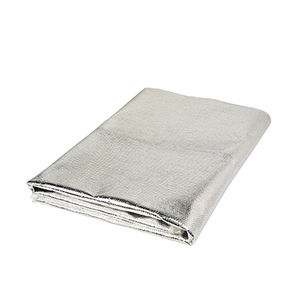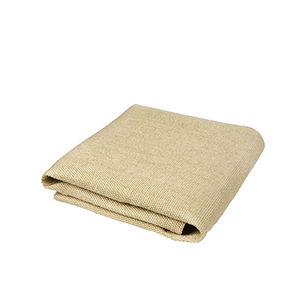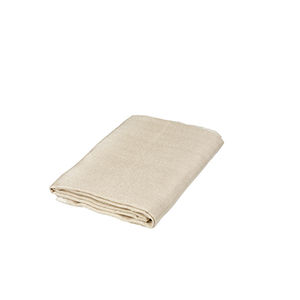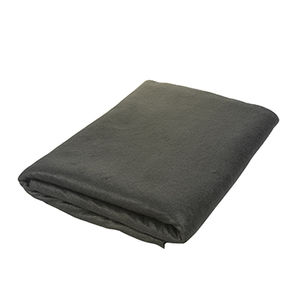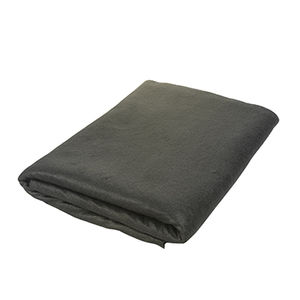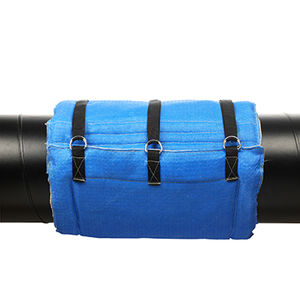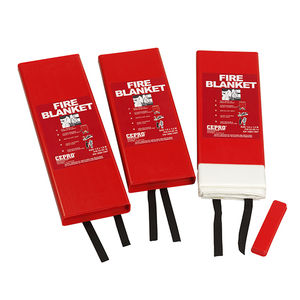
Silica welding blanket Olympus



Add to favorites
Compare this product
Characteristics
- Material
- silica
- Temperature
1,000 °C, 1,300 °C
(1,832 °F, 2,372 °F)
Description
Silica fabric (filament)
High temperatures up to 1000°C
Peak temperature approx. 1300°C
Extreme circumstances
Suitable for horizontal use
Material weight 1,220 gram/m²
For the Olympus heat resistant fabric high quality silica fibres are used, which are environmentally non-hazardous. Olympus is treated with a mineral based finish to improve its abrasive resistance and the resistance to fraying. Olympus is free of asbestos!
The maximum application temperature is 1000 °C, shortly up to 1300°C.
Olympus is recommended for horizontal use, for example as a welding and grinding curtain in situations in which very high temperatures are reached. Olympus silicate-fabrics have excellent characteristics in relation to handling and resistance to high temperature loads. Therefore this fabric is suitable for use as welding blanket even under extreme conditions.
CEPRO recommends the use of multiple layers for maximum protection.
Always use welding blankets at an angle of at least 15 degrees.
The temperatures shown are only an indication.
The suitability of the selected product should always be tested beforehand.
Regularly check welding blankets for tears and or other damage.
Replace damaged blankets where necessary.
Welding blankets can be used for many purposes and therefore, no guarantee can be given on their use.
The end user is responsible for determining whether the welding blanket is suitable for use in a specific situation and whether it offers sufficient protection during the work to be performed.
CEPRO welding blankets are sewn on the cut edges with best quality Kevlar thread.
Catalogs
OLYMPUS WELDING BLANKET
6 Pages
Cepro catalogue 2020 - English
72 Pages
*Prices are pre-tax. They exclude delivery charges and customs duties and do not include additional charges for installation or activation options. Prices are indicative only and may vary by country, with changes to the cost of raw materials and exchange rates.




